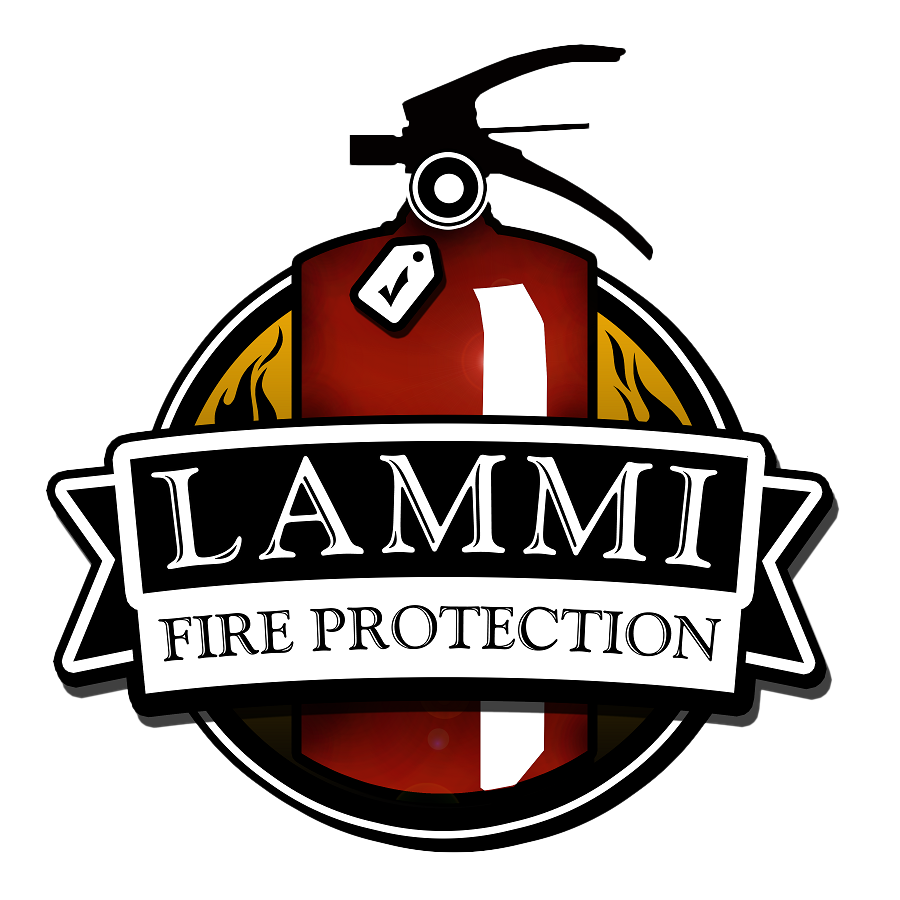What Is Performed During a Fire and Safety Inspection?
Here are examples of work performed during an inspection so you can get a better grasp of the inspection process.
Check that unit is properly hung with the proper manufacturer’s hanger.
Check the gauge pressure.
Check the condition of the gauge and its compatibility with the extinguisher.
Check the weight of the extinguisher.
Check that the last hydrostatic test date is within code requirements.
Check the last 6−year maintenance inspection date if applicable.
Check the valve and shell for damage or corrosion.
Remove the hose and inspect it for cracks or splits.
Check the hose threads for signs of wear.
Check the condition of the discharge horn.
Check for obstructions that interfere with accessibility of the unit.
Break the extinguisher seal and remove the locking pin.
Replace the locking pin and reseal the extinguisher.
Check the valve opening for powder or any foreign matter.
For dry extinguishers, fluff the powder by turning the unit.
Check the condition of the hose/horn retention band at the side of the extinguisher.
Check that the unit’s classification is properly identified with the appropriate decal/signage.
Check that the operating instructions are clean and legible.
Check that the unit is properly located within the normal path of travel, at the required height.
Check that the unit is visible, unobstructed and in proper location.
Compile a complete location report, explaining any deficiencies.
Recommend corrective action to be taken in accordance with recognized codes for care and maintenance.
Upon completion of the inspection and any necessary repairs, applicable inspection documents and noted deficiencies shall be left at the location and available electronically.
Tag all portable fire extinguishers as required and perform required record keeping.
Extinguisher Type and Test Interval Years
Stored-pressure water, water mist, loaded stream, and/or anti-freeze - 1 year
Pump tank water and pump tank calcium chloride base - 1 year
Dry chemical, cartridge, and cylinder operated, with mild steel shells - 1 year
Dry powder, cartridge, and cylinder operated, with mild steel shells - 1 year
Wetting agent - 1 years
Stored pressure water - 5 years
Stored-pressure dry chemical, with stainless steel shells
Carbon dioxide - 5 years
Wet chemical - 5 years
Dry chemical stored-pressure, with mild steel shells, brazed brass shells, and aluminum shells - 5 years
Halogenated agents - 6 years
Dry powder, stored pressure, with mild steel shells - 6 years
